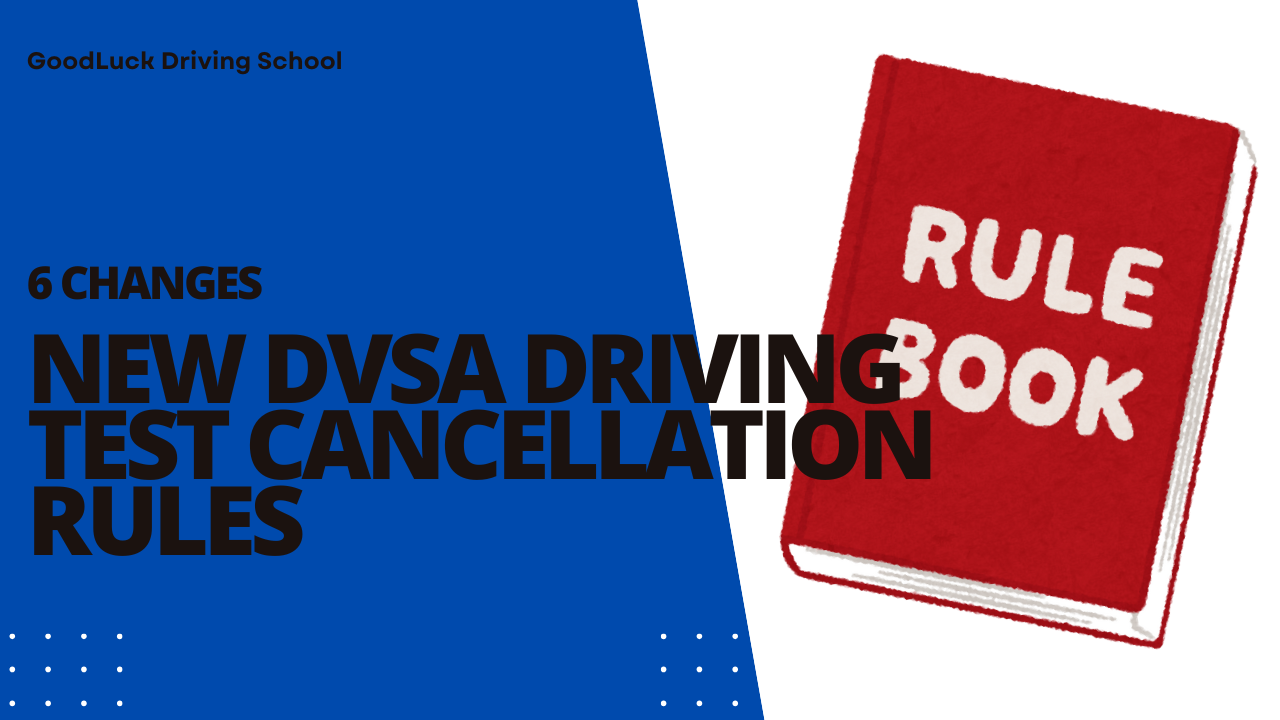
5 Types Of Pedestrian Crossing in UK
Pedestrian Crossing in the UK comes in different types, each with its own rules and features. Some have traffic lights, some have flashing lights, and others rely on markings.
There are 5 main types of pedestrian crossing:
1. Zebra Crossing

Zebra crossings are one of the easiest to recognize. Their iconic black-and-white stripes signal that pedestrians have the right of way, and drivers must stop when someone steps onto the crossing.
Parking is not allowed near these crossings. They are cheaper to build than traffic light crossings but are not recommended for roads with speeds over 35mph.
2. Pelican Crossing
Pelican crossings help pedestrians control traffic with a button. Pedestrians press a button to stop traffic and pedestrians wait for the green man to appear. If the green man flashes, pedestrians should not start crossing, but those already on the road can finish safely.
After the red light, there is a flashing amber light. Drivers must let people finish crossing before moving.
Drivers should:
- Notice traffic lights early.
- Watch for pedestrians stepping out before the signal.
- Give way if the amber light is flashing and someone is still crossing.
3. Puffin Crossing
Puffin crossings work like pelican crossings but are smarter. They have sensors to check if people are still crossing. The signals are placed at the side of the road, making it easier for pedestrians to check traffic. They also help blind and visually impaired pedestrians.
Drivers should:
- Follow the same rules as for pelican crossings.
- Be aware that the lights will stay red until pedestrians have safely crossed.
4. Toucan Crossing
Toucan crossings are designed for both pedestrians and cyclists. They are wider than other crossings to make space for bikes. Cyclists are not allowed to ride across Zebra, Pelican, or Puffin crossings, but they can at Toucan crossings. You will mostly find them near parks and cycle lanes.
Drivers should:
- Stop before the white line to leave space for cyclists and pedestrians.
- Watch for cyclists, as they move faster and may cross at the last minute.
5. Pegasus Crossing
Pegasus crossings are made for horses, pedestrians, and sometimes cyclists. The buttons are placed higher so horse riders can easily reach them. These crossings are used in busy areas with a lot of horse traffic.
Drivers should:
- Avoid loud noises or sudden movements that might scare the horses.
- Give horses plenty of space, as they may be close to the road.
Conclusion
If you are learning to drive, it is important to know the different types of crossings. These crossings help people, cyclists, and even horses cross the road safely.
BOOK NowOR CALL US AT









